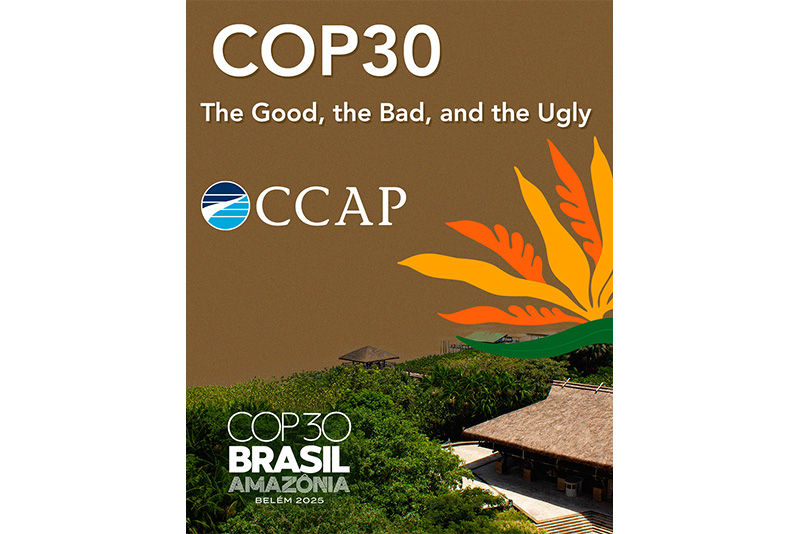Transfers in the Paris Agreement: Can they enable greater ambition?
- Oct 4, 2016
- 3 min read
CCAP recently submitted its views to the United Nations Framework Convention on Climate Change (UNFCCC) regarding some of the issues that need to be addressed in order for Internationally Transferred Mitigation Outcomes (ITMOs) to support the greater global ambition promised in the Paris Agreement.
Emerging from Article 6 of the Paris Agreement, ITMOs offer new ways for countries to cooperate towards reducing emissions. ITMOs can help enhance ambition to achieve the objectives of the Paris Agreement, but without proper safeguards, they can create perverse incentives, overlap with climate finance objectives, and undermine developing countries’ efforts to achieve their Nationally Determined Contributions. As Parties to the UNFCCC work on guidance for ITMOs they should design them to address these broad risks, as well as specific challenges related to double counting and environmental integrity. Without a formal definition, Article 6 leaves room for experimentation in how transfers can contribute to climate mitigation. While ITMOs can certainly include traditional carbon markets similar to what existed under the Kyoto Protocol, there is no reason they can’t include bilateral or plurilateral exchanges between Parties, mitigation outcomes emerging from multilateral finance actions, or even non-greenhouse gas-based transfers, like international trading of renewable energy credits.
If used effectively, ITMOS can contribute to narrowing the “emissions gap” and help effect the transformational change needed to limit warming to 2/1.5°C above pre-industrial levels. By reducing the cost of implementation, supporting early action, enabling transfer of low-carbon technologies, and building domestic capacity for mitigation, ITMOs can spur enhanced ambition.
While Paris has opened new opportunities for innovation on cooperative approaches, along with these opportunities come risks. ITMO generation and use presents a number of risks that will need to be addressed through international and/or domestic governance if they are to fulfill the promise noted above. Some potential pitfalls include the following:
Assignment of “value” to mitigation outcomes could create perverse incentives for Parties to exaggerate emissions baselines, or put forward low ambition targets in contributions.
ITMOs and climate finance (or other forms of support) may interact in a way that undermines ambition – climate finance could produce cheap credits for developed country mitigation, or Parties might improperly double count resources used to generate ITMOs as part of their finance contributions.
Industry might exert pressure on Parties to allow the transfer of easily attainable mitigation outcomes abroad, making the Party’s achievement of their NDC targets more difficult/expensive.
To address these and other potential challenges, Parties have both an individual and collective responsibility to ensure that ITMOS support NDC implementation both in the source and user country, support achievement of ambition globally, and seek synergies with other forms of cooperation, as appropriate.
Furthermore, recognizing that some transfers are riskier than others (see Table 1), but also the importance of moving ahead with the development of innovative approaches to allow learning by doing, CCAP recommends that Parties encourage innovation in “low” risk areas. Given the recent emergence of ITMOs, we also recommend facilitative workshops to share best practices, and that individual country governments develop domestic ITMO policies that align with NDC implementation and take into account the risks identified.

ITMOS present a significant opportunity to efficiently reduce emissions, promote cooperation among Parties, and enhance global ambition toward achieving the objectives of the Paris Agreement and the efforts to combat climate change. But we need to make sure that they’re not full of hot air.
To read the full submission, please click here.




شيخ روحاني
رقم شيخ روحاني
الشيخ الروحاني
الشيخ الروحاني
شيخ روحاني سعودي
رقم شيخ روحاني
شيخ روحاني مضمون
Berlinintim
Berlin Intim
جلب الحبيب
https://www.eljnoub.com/
https://hurenberlin.com/